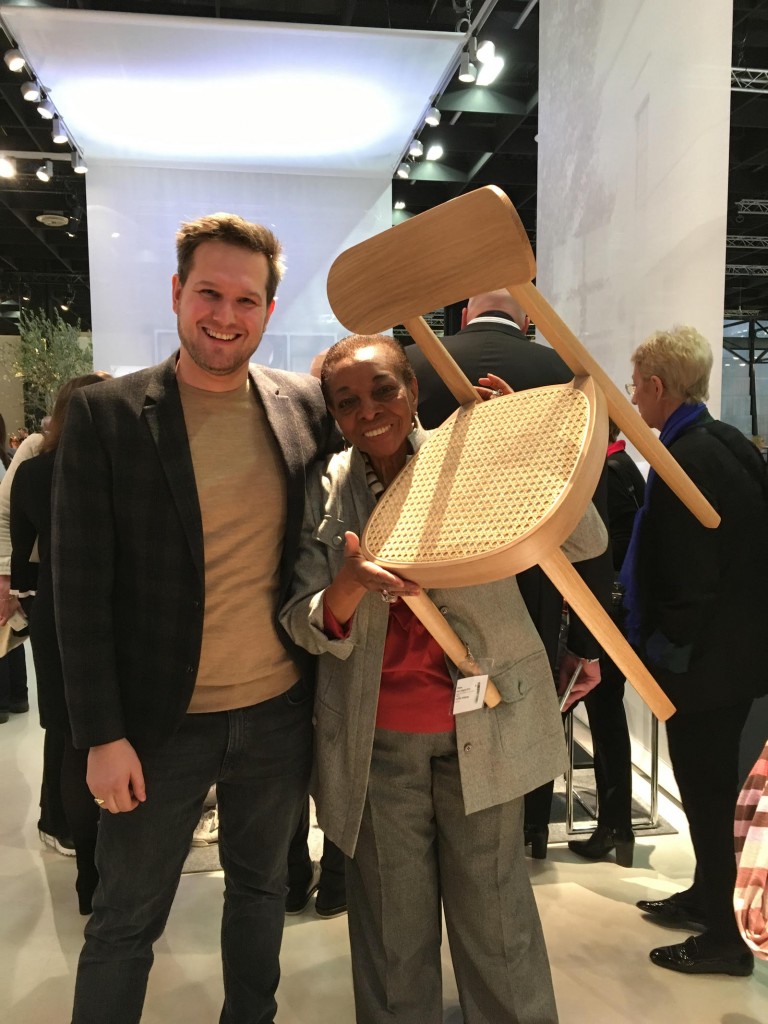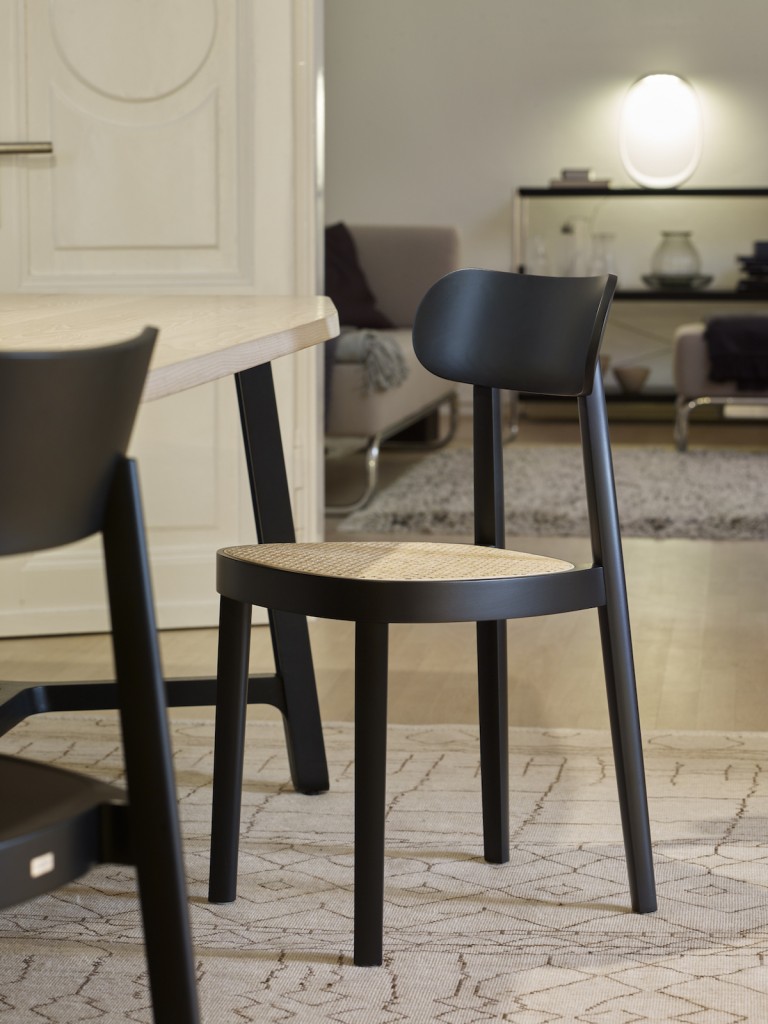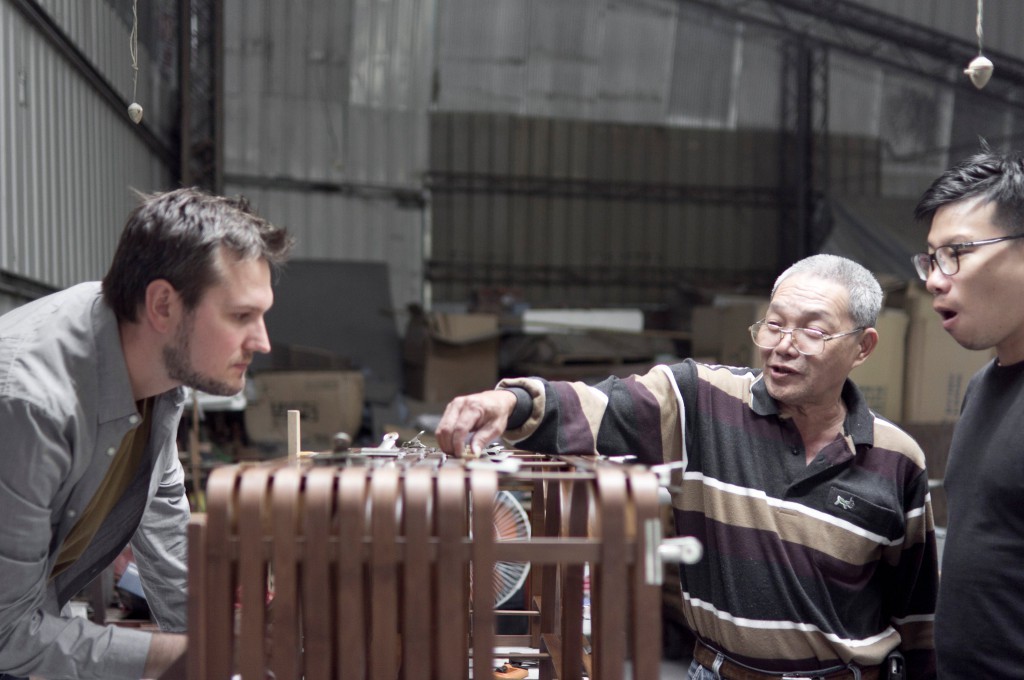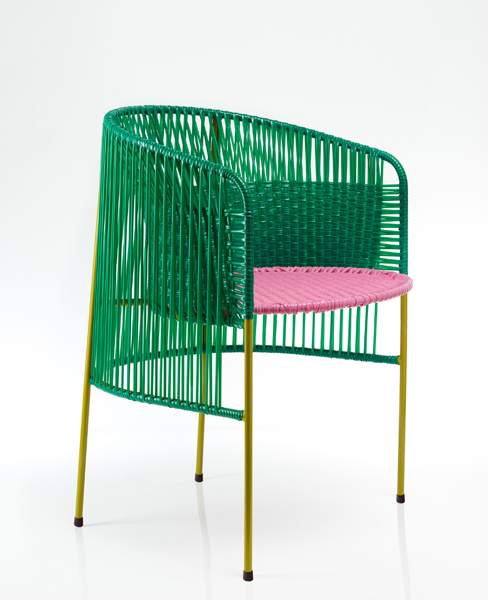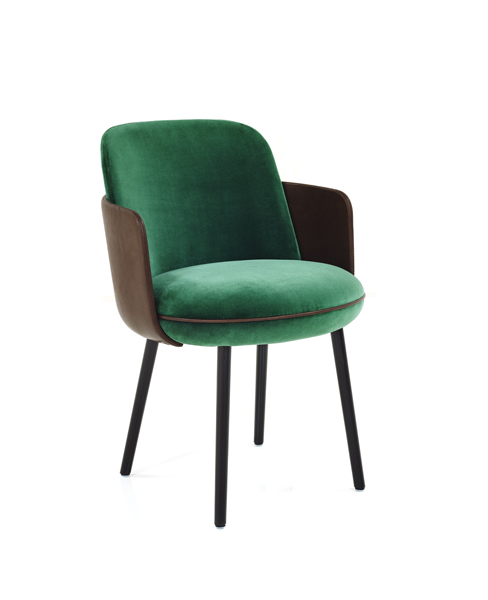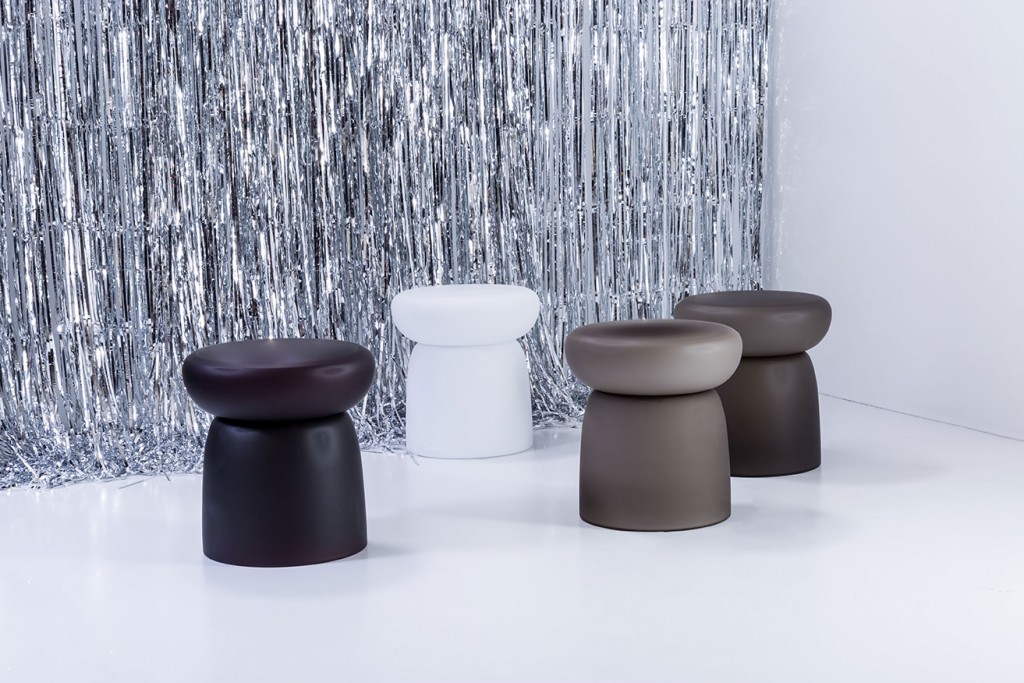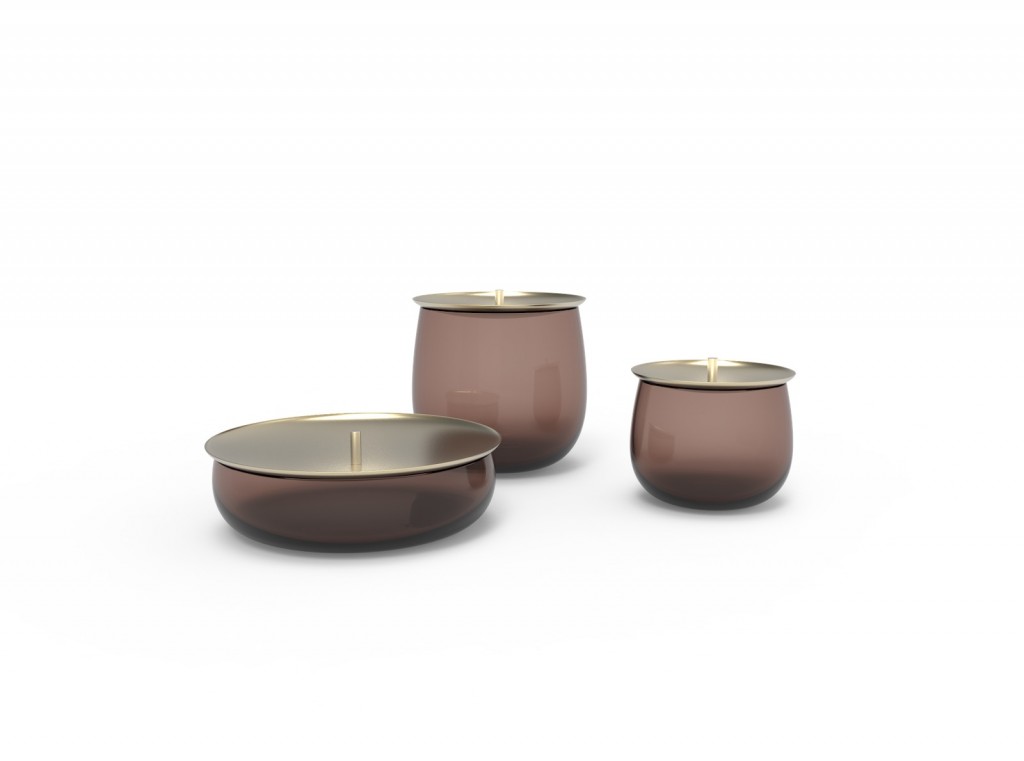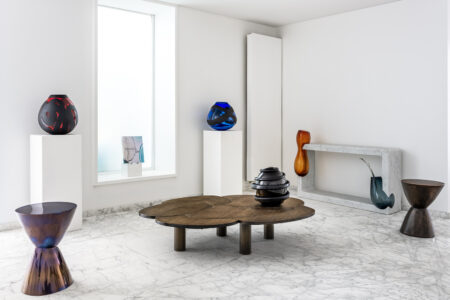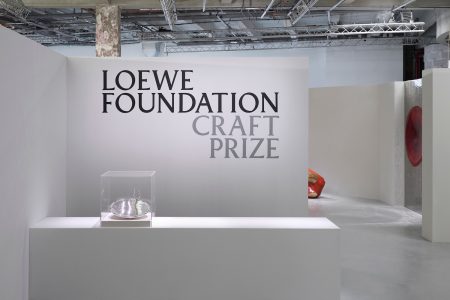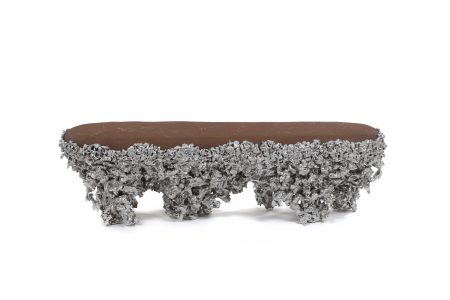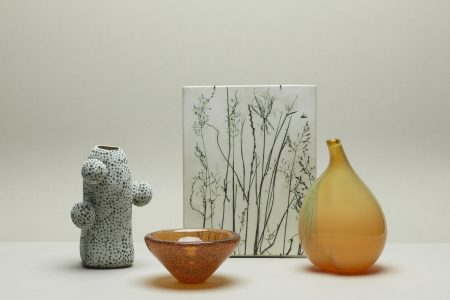Sebastian Herkner Does his “Offenbach” Chair for Thonet
With the new 118 range, the German designer has reworked Thonet’s 214 chair for the dining needs of today
Half-jokingly, Sebastian Herkner refers to his new design for Thonet as the “Offenbach chair”: a riff on his home base and the universal simplicity of the Stoelcker Frankfurt chair. Inspired by the searches for an all-encompassing seating solution during the Bauhaus era, his new chair for the globalised era also takes into account the diverse demands we make of a dining seat nowadays: the new 118 is a sharp reinterpretation of the German brand’s 214 classic, with nods to matters of colour preferences, international influences and the many definitions of elegance floating today.
We spoke with the prolific designer about his creation process for the 118, and about how that same material-first approach has worked for some of his most recent projects, from head-scratching glass techniques to bamboo bending in Taiwan.
TLmag: How do you think the act of seating to dine has changed between the days of the Frankfurt chair and today?
Sebastian Herkner: The food changed. What we get in restaurants in Germany and Europe is more international.
TLmag: Did that influence your proposal for the chair?
SH: Thonet approached me to do a reinterpretation of a typical, basic kitchen chair made of mostly plywood and solid wood pieces you can easily screw together. For me it was important to give it a special elegance. Maybe this is linked to how cuisine changed nowadays: you have these different levels of restaurants, with Michelin stars and so on.
TLmag: Is that what you meant by saying you wanted to make the chair “more noble”?
SH: You can still buy the Frankfurt chair for 150 or 200 euros, but I wanted to give mine an unique look, to make a special chair with fine details —not very loud. I looked into the history of Thonet, and of course they’re famous for their steam bending and the wicker in the seat.
That’s how we ended up with three levels [in the 118 range]: in the basic version we have a wooden seat, with a plywood element completely covered by the steam bent frame, so you don’t see the plywood. The backrest is completely solid —it was important for me to have a solid material for the legs, the backrest, the seat frame. Then we have a more elegant version, which has the Thonet wicker in the seat. And then, also, it was very important for me from the beginning to have a shiny, elegant lacquered one —like a piano.
TLmag: Speaking of steam bending, you were the cover boy for our piece on A New Layer II, the second edition of the cross-cultural design initiative from Taiwan. You worked with craftsman Ming An Wu to create the Bridge Bench, a piece that stands as a visual metaphor for what the project is all about. Was that creation process any different from your commissions?
SH: The starting point is always the same: you always try to do the best for any company with the given material. In this case, it was about trying to work with bamboo and with observation —we were driving a lot on the countryside, in the west coast of Taiwan, and every kilometre there was a bridge. That served as inspiration.
The way he worked with bamboo was very unique, cutting these long strips and bending them with heat and pressure. It’s actually a parallel to the Thonet chair —it’s a similar process to steam bending. Thonet has great craftsmen, and Ming An Wu is also great. It is important for a designer to meet these people and understand their local techniques, and what they do in their workshops.
TLmag: Well, you recently had a talk at Maison&Objet called Traveling Designer. Is that direct, on-site observation a big part of your practice?
SH: I’ve been running my practice for about 10 years now, and I’ve had amazing opportunities to travel quite a lot, something I never did before. I’ve been to Africa, Asia and South America, and that’s a big source of inspiration.
I’m sticking to craftsmanship and real handmade products, so I work with artisans. In Germany and Europe we lost many traditional crafts due to industrialisation and new technologies. So, when I go to Colombia, for example, it’s all about rag making —there’s no more rag making in Europe. It’s also interesting for me to work with new materials; there’s no bamboo industry here. In Taiwan we went to a lacquering workshop for koji pottery. Sometimes I can find a nice aspect and I can take it to Italy to reproduce it, to do something in an European way. I also find inspiration, in terms of crafts and materials and colours, through my conversations with the local craftsmen.
TLmag: Is that how the Caribe collection for Ames came about?
SH: Ana María [Calderón Kayser], the owner of Ames, was born in Cali, and they take me to Colombia twice a year. For the chairs we went to Santa Marta and Cartagena. There, just like in Europe, many people left the countryside for the big cities. We found people from the Caribbean coast who had moved to the capital, who knew the craft from their hometown, and set up close to Bogotá so we could make the chairs there. So it’s also a kind of social project.
I get inspired by the beautiful colours of the houses, the old Renault cars. This inspired the mustard yellows and the deep blues, which are typical all over the country —I noticed they even paint the bicycles like that; they use colour in a different way. But for me it was important that it wasn’t 100 percent Colombian, but that I added my own knowledge and design philosophy to the collection. We have presented them in a couple of fairs and the feedback is really positive: people understand the spirit we want to transport. Some small boutique hotels and restaurants have bought the furniture, and it’s great to show the craftsmen the magazine with their products inside. They feel very proud that their traditional craft is now going around the world.
TLmag: Another chair you just presented at imm Cologne, Wittmann’s Merwyn chair, is quite plump. Why do you think it is that we, as market, have psychologically redeveloped a taste for zaftig furniture?
SH: Wittmann does upholstery in a couture way. The starting point was a very round seating pillow, like a macaron, because inside there are springs for comfort. They way they upholster chairs is completely different from other companies —normally it’s injection foaming with one density. So they asked us for a certain volume.
We wanted to add leather and velvet to make something very cosy. Maybe that’s why it’s a little bit plump, a bit fat.
TLmag: And since you mentioned being inspired by a macaron, I wanted to eat the Delight side table you did for Pulpo —it does looks like lokum jelly. How did you achieve that?
SH: We used a completely different technique for the glass. It’s transparent, but we added acetate on top to make it matte. Many people thought it was plastic! It’s not sandblasting, but a chemical reaction. I wanted to have the Turkish delight aspect instead of transparency. Now, the problem is that people don’t know about this finish, so it’s a pioneering task to teach them that glass can also look this way. Perhaps in the next fair we’ll have a more transparent version or we can show how the process is done.
TLmag: You had another Maison&Objet appearance with the Beret collection for Nude. Were you following the trend reports that said the hat is making a fashion comeback or was that a coincidence?
SH: These hats? Really? I didn’t know! I know them from the 80s, from my mother, the ones that have the small ribbons on top to carry them. It was a very spontaneous thing: I wanted to have something very simple, like a tray on a bowl. It looks like a beret… so we just called it that way!
